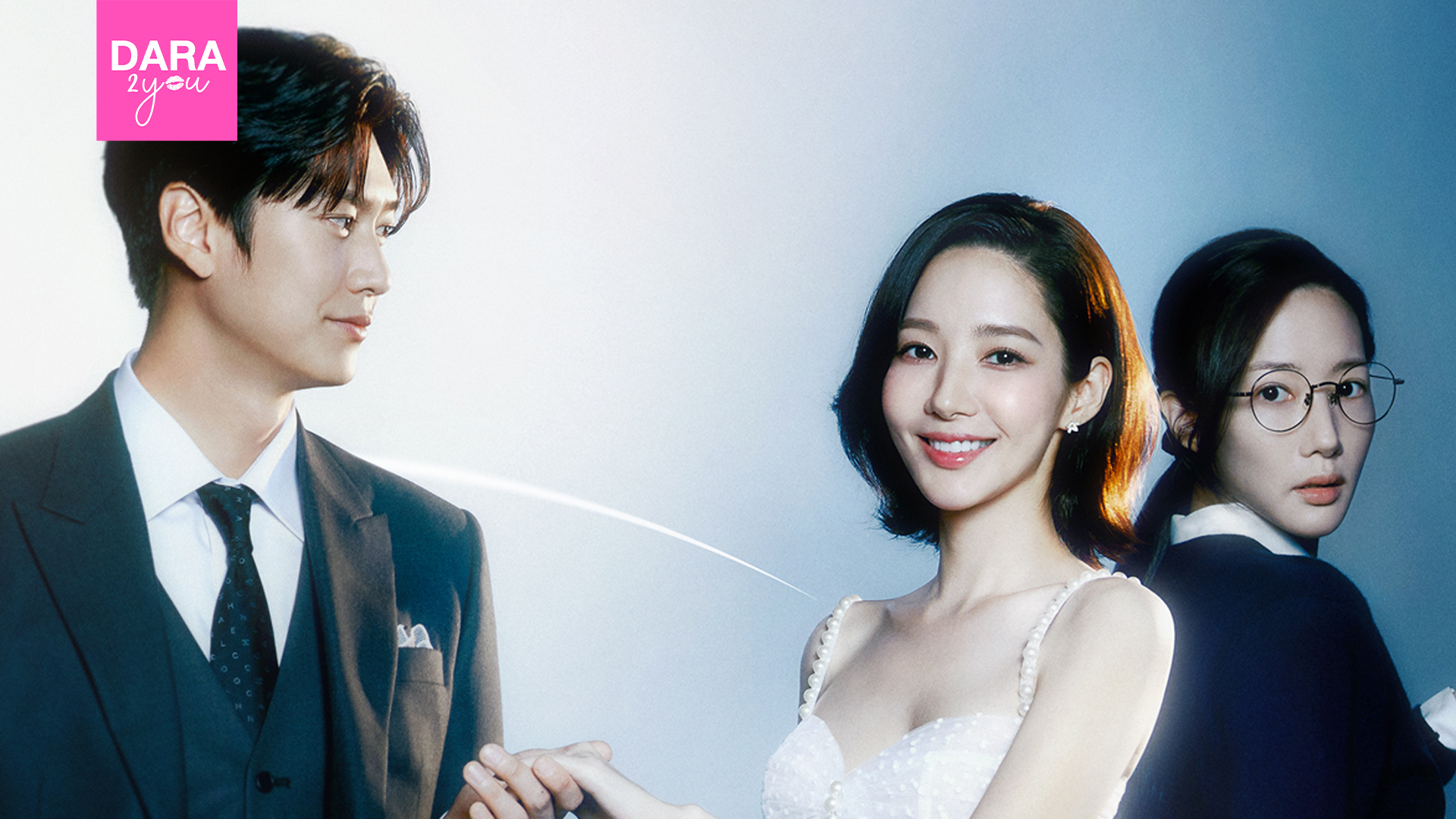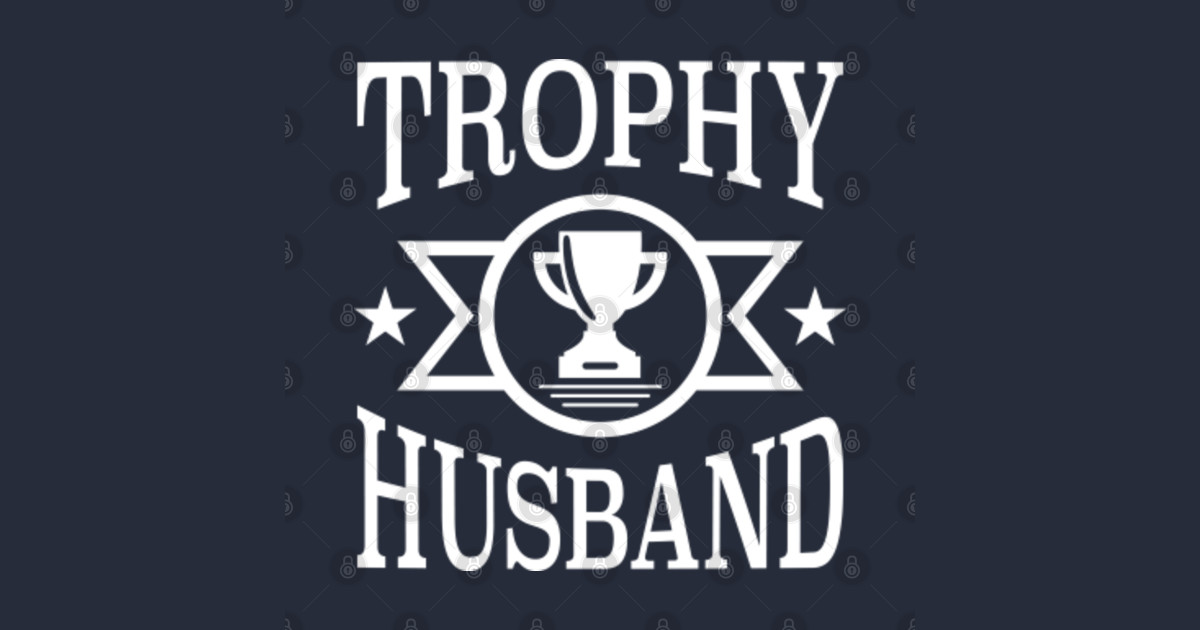In the realm of human relationships, the concept of a trophy husband has emerged as a fascinating phenomenon. Trophy Husband Chapter 1 delves into the societal implications, motivations, and complexities of these unique partnerships.
The chapter explores the power dynamics, role expectations, and challenges within trophy husband relationships. It also examines the impact of age, physical appearance, and social perceptions on these relationships.
Introduction to Trophy Husband

In contemporary society, the concept of a “trophy husband” has emerged, referring to a male partner who is primarily valued for their physical attractiveness, social status, or wealth, rather than their emotional or intellectual qualities.
This phenomenon reflects societal pressures and expectations surrounding gender roles and relationships, particularly the objectification of women as “trophies” for successful men. However, the pursuit of trophy husbands by certain individuals also highlights the complexities of human desires and motivations.
Motivations and Characteristics of Individuals Seeking Trophy Husbands
The motivations behind seeking a trophy husband vary widely, but often include:
- Social Status and Prestige: Acquiring a trophy husband can enhance one’s social standing and perceived desirability within certain circles.
- Financial Security: Trophy husbands are often expected to provide financial support, allowing their partners to maintain a luxurious lifestyle.
- Emotional Validation: Having a physically attractive or successful partner can boost self-esteem and provide a sense of validation.
Individuals who seek trophy husbands typically exhibit certain characteristics, such as:
- Materialistic and Status-Oriented: They place a high value on material possessions and social status.
- Self-Centered and Demanding: They prioritize their own needs and expectations over those of their partner.
- Insecure and Dependent: They may lack self-confidence and rely heavily on their partner for emotional support and validation.
The Dynamics of a Trophy Husband Relationship

Trophy husband relationships, characterized by a significant age or physical appearance disparity between partners, present unique power dynamics and role expectations. Understanding these dynamics is crucial for navigating the challenges and rewards of such relationships.
Power Dynamics
In trophy husband relationships, the traditional gender roles are often reversed, with the male partner assuming a more submissive or dependent role. The older or more affluent partner typically holds greater financial and social power, leading to a power imbalance that can influence decision-making and relationship dynamics.
Role Expectations, Trophy husband chapter 1
Society often expects trophy husbands to fulfill specific roles, such as providing companionship, emotional support, and domestic duties. They may also be expected to maintain a certain level of physical attractiveness and youthfulness. These expectations can create pressure and strain on the relationship.
Challenges
Trophy husband relationships face unique challenges, including ageism, societal stigma, and potential for financial exploitation. Age differences can lead to differing life stages, values, and physical abilities, while societal judgment can create stress and isolation.
The trophy husband chapter 1 has finally arrived! If you’re looking for some light reading to help you unwind after a long day, this is the perfect book for you. But if you’re looking for something more challenging, you might want to check out ap stats chapter 2 instead.
That said, the trophy husband chapter 1 is still a great read, and I highly recommend it to anyone who is a fan of the genre.
Rewards
Despite the challenges, trophy husband relationships can offer rewards, such as companionship, financial security, and emotional fulfillment. The unconventional nature of the relationship can also bring excitement and a sense of breaking societal norms.
Impact of Age and Physical Appearance
Age and physical appearance play a significant role in trophy husband relationships. As the younger or more physically attractive partner ages, the power dynamics and role expectations may shift, leading to potential conflicts or adjustments in the relationship.
Social and Cultural Perspectives: Trophy Husband Chapter 1

In various societies, trophy husband relationships have evoked diverse reactions and attitudes. Cultural norms and societal expectations often shape the perceptions and experiences of trophy husbands and their partners.
Stereotypes and prejudices often accompany trophy husband relationships. Some individuals may perceive trophy husbands as gold diggers or individuals seeking financial security rather than genuine companionship. Others may view the relationship as a form of power imbalance, where the female partner holds the dominant role.
Media Portrayals
Media representations have significantly influenced perceptions of trophy husband relationships. Television shows, movies, and social media often depict trophy husbands as caricatures, reinforcing stereotypes and perpetuating certain narratives.
While media portrayals can provide entertainment, they may also contribute to misconceptions and biases. It is crucial to critically analyze these portrayals and recognize that they do not always reflect the diverse realities of trophy husband relationships.
Conclusive Thoughts

Trophy Husband Chapter 1 provides a comprehensive overview of this intriguing relationship dynamic. It challenges societal norms and stereotypes, while offering insights into the complexities of human desire and fulfillment.
